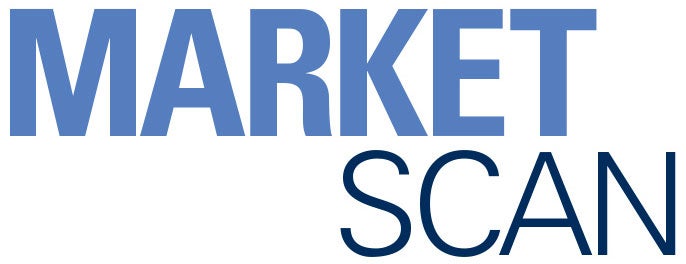

3 Things We Learned from Other Industries at SXSW
Last week, more than 70,000 people descended on Austin, Texas, to experience the SXSW festival. Some listened to music or screened films, but others took part in sessions on the future of our field. In case you missed it, the AHA participated in a number of sessions as part of the SXSW Interactive Festival’s Health and MedTech track, sharing how hospitals and health systems are transforming to advance health in their communities. We also attended other tracks, taking in sessions from such fields as marketing and design, retail, media, tourism and education. Here’s what we learned, and how the lessons can apply to health care.
1. Questions are 10 times more important than solutions.
Behind every important breakthrough is a breakthrough question. That was the key takeaway from a session on the origin stories of some of the biggest tech companies, including CRM behemoth Salesforce. Salesforce was founded to answer one question for all types of businesses: How do you put the customer at the center of your business? An enduring focus on solving this challenge, specifically through the use of technology, has driven the company’s success over the past 20 years.
If solutions resolve problems, then why are questions more important? Most organizations spend too much time on solutions to the wrong problems, said the tech leaders. They noted that organizations focus on the problems they know they can solve, rather than spending the time needed to identify the right — or most impactful — problems.
So, how do leaders know that they’re asking the right questions? Try this exercise shared by the session’s moderator, Hal Gregersen, executive director of the MIT Leadership Center and author of Questions are the Answer: During your next brainstorm, don’t come up with solutions. Instead, spend four minutes coming up with 15 questions about your problem. Note: You’ll need a skilled facilitator to cut off the many solutions that will be offered! Then, study the questions and look for new pathways, and commit to exploring at least one of them. To learn more about this brainstorming method, see Gregersen’s HBR article, “Better Brainstorming.”
2. Diversifying your revenue stream is crucial to sustaining your organization in a changing environment.
And the best way to figure out how to diversify is to put your top talent on the case. The New York Times screened its trailer for The Weekly, a new show from the media giant that will premiere on FX and Hulu in June. The new show comes on the heels of The Daily, the NYT’s daily podcast, which launched in 2017 and has grown to more than 5 million subscribers. Although free for listeners, the podcast is said to be a huge financial success, generating revenue from ads and digital-subscription conversions, the latter of which have driven the company’s profitability.
So, why is a newspaper company making a television show? All in the name of diversification. It comes as no surprise that a newspaper company faced with a dwindling print business would need to diversify. But, what we can learn from this story is how they did it.
In October 2015, Times leadership set the audacious goal of doubling digital revenue by 2020. To figure out how to achieve this, it pulled seven of its top journalists, dubbed the “2020 group” off their beats and asked them to come up with a plan. The resulting report, released 15 months later, included strategic and tactical recommendations on how to get there. Leadership supported and executed all of them. The result? $709 million in digital revenue for 2018. According to a February announcement, “After just three years, we are already three quarters of the way to achieving our five-year goal of doubling digital revenue to $800 million by 2020. As a result, we are setting ourselves a new goal — to grow our subscription business to more than 10 million subscriptions by 2025.”
3. If you’re developing a smartphone app, its lifespan may be limited.
You may want to focus on wearables and voice instead. Despite their ubiquity, global sales of smartphones are down, cites Amy Webb in her 12th annual Tech Trends Report. In the report, released at SXSW in front of a standing room-only crowd, Webb predicts “we will transition from just one phone that we carry to a suite of next-gen communication devices.” We won’t experience technology by typing in browsers or clicking in apps. Instead, we’ll use our voice to interact with connected devices and wearables.
In the future, we’ll always be on without always feeling on. This desire to be connected without being distracted is swelling. Consumers increasingly are becoming aware of the potential negative impacts of designed-to-be-addictive tech products. It’s from this awareness that a more immediate trend cited at SXSW arises: deliberate downgrading. Identified by trend curator Rohit Bhargava as one of the nonobvious trends of 2019, the shift is an important one for tech developers. Consumers seeking a back-to-basics user experience are likely to be turned off by frequent notifications or requests to input data.



